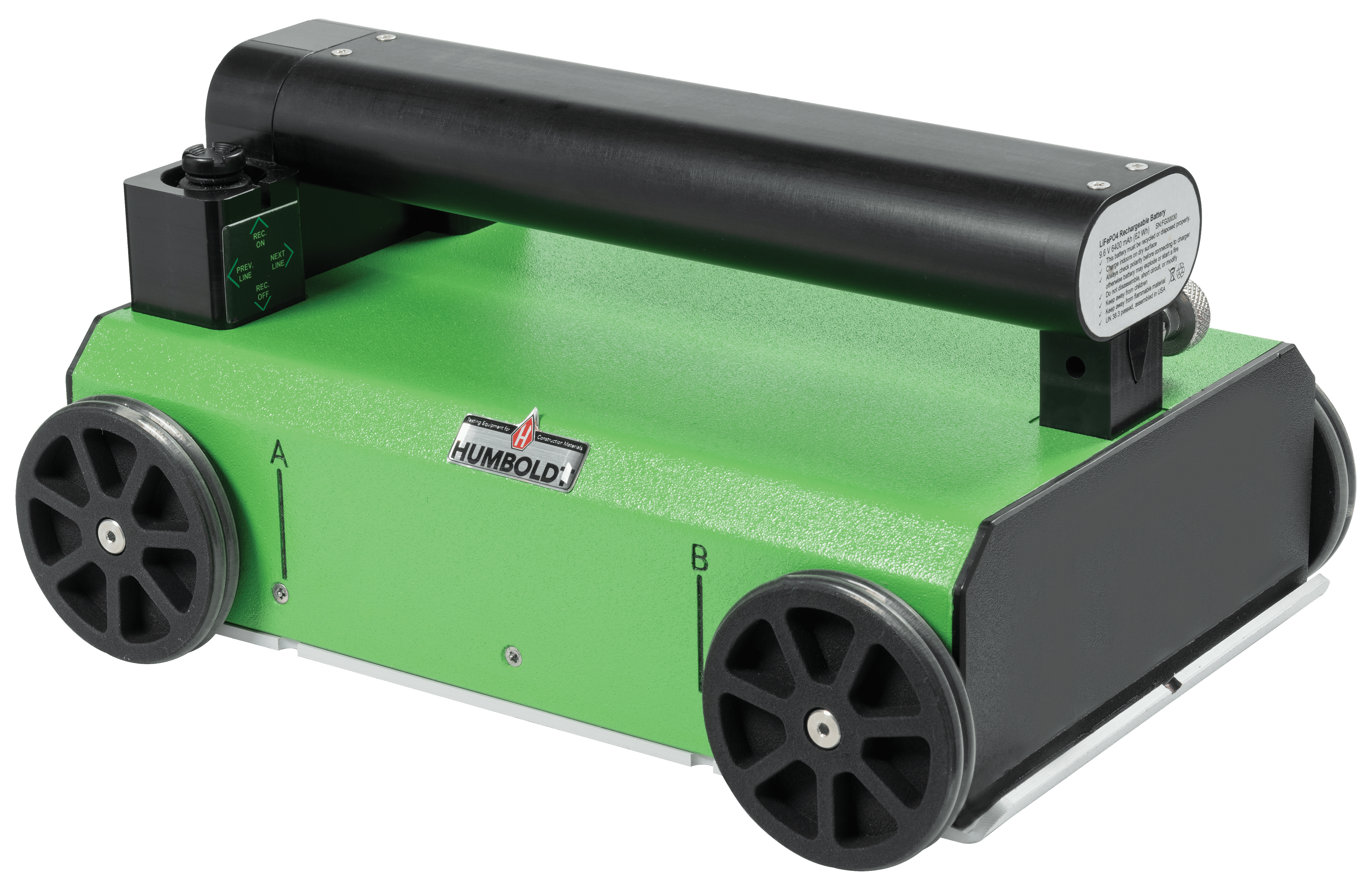Local RainierGPR Service Areas for Precision Concrete Scanning
Local RainierGPR Service Areas for Precision Concrete Scanning
Blog Article
Concrete Scanning: An Essential Step Towards Making Sure Architectural Integrity and Safety
In the realm of building and construction and infrastructure upkeep, the significance of concrete scanning can not be overstated. This careful procedure holds the key to unveiling possible threats hidden below the surface area of seemingly solid structures. By employing sophisticated innovation and approaches, concrete scanning functions as an essential device in ensuring that the integrity and safety of buildings and bridges are upheld to the greatest standards. Nevertheless, beyond its surface-level effects, the duty of concrete scanning expands far deeper than fulfills the eye.
Relevance of Concrete Scanning
Concrete scanning plays a vital duty in guaranteeing the architectural integrity and security of buildings and framework tasks. By utilizing advanced technologies such as ground-penetrating radar (GPR) and electromagnetic induction, experts can non-destructively inspect concrete frameworks to detect potential flaws, voids, embedded items, and support layout. This procedure makes it possible for early discovery of abnormalities that can jeopardize the security of a framework, avoiding pricey damages and ensuring the safety and security of passengers.
Prior to drilling, cutting, or coring into concrete, scanning aids identify the precise places of rebar, post-tension wires, and other embedded aspects, decreasing the danger of accidental hits that could lead to architectural weaknesses. In addition, concrete scanning aids in top quality control by validating the thickness of concrete covers and spotting any type of discrepancies that may influence the overall longevity of the structure.
Technology for Concrete Examination

Advantages of Early Discovery
Timely detection of structural issues can dramatically alleviate risks and ensure the durability of building and construction projects. By determining prospective issues beforehand in the construction procedure, stakeholders can take aggressive procedures to attend to concerns prior to they intensify into larger and more pricey troubles. Among the crucial advantages of early detection is the avoidance of architectural failures, which can position serious safety dangers and bring about job delays and financial losses.
Additionally, early discovery permits timely fixings and upkeep, which can help expand the life expectancy of the structure. By addressing concerns immediately, building groups can avoid costly fixings and even the need for early replacement of architectural components. This aggressive technique not only saves money and time yet likewise enhances the total safety and security and sturdiness of the construction task.
In addition, very early detection can boost task planning and decision-making by supplying stakeholders with beneficial insights into the condition of the framework. Armed with this info, project managers can make informed options pertaining to building products, timelines, and methods, causing more effective and efficient project results.
Making Sure Architectural Security
Ensuring the architectural security of a building project is extremely important to its safety and security and long life. Concrete scanning plays a critical function in guaranteeing architectural security by finding prospective issues such as gaps, delamination, or support deterioration that could compromise view it now the stability of the structure over time.
By using sophisticated scanning technologies like ground-penetrating radar (GPR) and electromagnetic induction, building professionals can non-invasively evaluate concrete structures to identify areas of worry beneath the surface. This proactive More Info strategy enables for the very early discovery of defects or weak points, allowing prompt repairs or support to stop structural failures.
Regular concrete scanning throughout various construction phases and throughout the life cycle of a structure can assist keep its security, minimize threats, and make sure the safety of residents. By prioritizing architectural stability through concrete scanning, building projects can improve their resilience and longevity, inevitably contributing to higher security and durability.
Protecting Against Vital Failures
To protect against disastrous occasions, thorough surveillance and positive upkeep are vital in preventing critical failures within architectural structures. Detecting potential issues prior to they rise is key to avoid structural failures. Applying routine examinations, such as concrete scanning, can reveal hidden problems like voids, fractures, or corrosion that might compromise the integrity of a structure. By making use of innovative scanning innovations like Ground Permeating Radar (GPR) or Concrete X-ray, engineers can non-destructively assess the problem of concrete and recognize powerlessness that call for support or repair service - RainierGPR Service Areas.

Final Thought
To conclude, concrete scanning plays an essential role in making certain structural integrity and safety and security by making use of advanced innovation for early detection of potential issues. This proactive technique helps prevent important failings and makes sure the security of structures. It is important to prioritize concrete evaluation as a conventional method to secure the durability and security of buildings and infrastructure.
Concrete scanning plays a critical duty in making certain the architectural stability and safety and security of buildings and infrastructure tasks. Additionally, concrete scanning help in quality control by validating the density of concrete covers and discovering any type of discrepancies that might impact the overall resilience of the structure. Concrete scanning plays an important function in ensuring architectural stability by spotting prospective concerns such as voids, delamination, or reinforcement rust that might endanger the stability of the structure over time.

In final thought, concrete scanning plays an essential function in making sure architectural honesty and security by using innovative modern technology for very early discovery of prospective issues.
Report this page